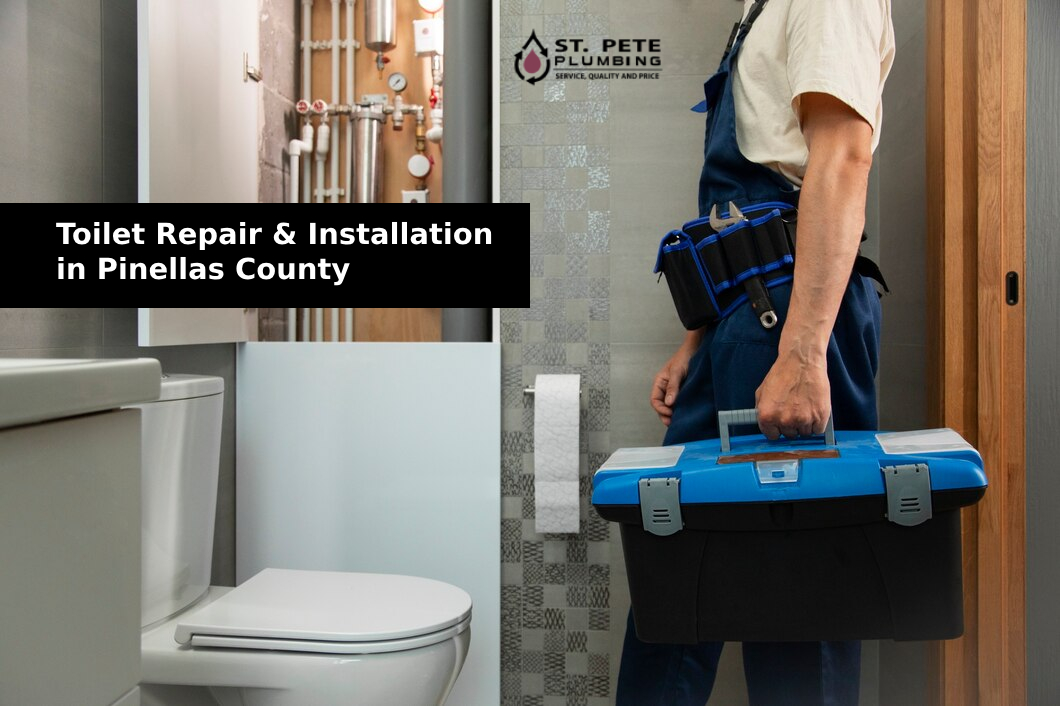
Toilet Repair & Installation | St. Pete, Seminole, Pinellas
Toilets are indispensable fixtures in any home or commercial building, providing essential sanitation and comfort. However, like any plumbing fixture, toilets can encounter issues over time, such as leaks, clogs, or malfunctioning components. Additionally, there may come a time when homeowners or property managers decide to upgrade their toilets for improved efficiency, aesthetics, or accessibility. As a reputable provider of plumbing services in St. Pete, Seminole, Pinellas County, Saint Pete Plumbing is committed to offering comprehensive toilet repair and installation services. In this detailed guide, we will explore the complexities of toilet repair and installation, covering common toilet problems, detection methods, repair techniques, and installation tips to help individuals maintain functional and efficient toilet systems in their properties.Understanding Toilet Problems:
Toilets can experience a range of issues that affect their performance and usability. Some common toilet problems include:Leaks:
Toilet leaks can occur from various sources, such as the tank, bowl, supply line, or wax ring seal. These leaks may lead to water wastage, damage to flooring, and mold growth if left unaddressed.Clogs:
Toilet clogs are often caused by the accumulation of toilet paper, hygiene products, or foreign objects in the drain pipe or trap. Clogs can result in slow drainage, backups, and overflows, necessitating immediate attention.Running Toilet:
A running toilet is characterized by continuous water flow into the bowl after flushing. This issue may be caused by a faulty flapper valve, fill valve, or flush valve, leading to water waste and increased utility bills.Weak Flush:
A weak flush can be indicative of a partial clog, low water level in the tank, or malfunctioning flushing mechanism. This problem may result in incomplete waste removal and frequent double flushing.Cracks or Damage:
Cracks or damage to the toilet bowl, tank, or seat can compromise the structural integrity and aesthetics of the fixture. It may develop due to age, impact, or improper installation, posing hygiene and safety concerns.Detection Methods for Toilet Problems:
Detecting toilet problems early is essential for preventing water damage and ensuring efficient operation. Several detection methods can help identify toilet issues:Visual Inspection:
Conduct a visual inspection of the toilet, including the tank, bowl, supply line, and connections, for signs of leaks, cracks, or damage. Look for water stains, rust, or mold growth around the base of the toilet.Listen for Leaks:
Listen for any hissing or running water sounds coming from the toilet after flushing. These noises may indicate a leaking flapper valve, fill valve, or flush valve that requires adjustment or replacement.Perform a Dye Test:
Add a few drops of food coloring or dye into the toilet tank and wait for several minutes without flushing. If colored water appears in the toilet bowl, it indicates a leaky flapper valve that needs to be replaced.Check for Clogs:
Test the toilet’s drainage by flushing toilet paper or flushing the toilet with the lid off. Observe the water flow and listen for gurgling sounds, which may indicate a partial clog in the drain pipe.Inspect Flush Mechanism:
Remove the tank lid and inspect the flush mechanism, including the flapper valve, fill valve, and flush lever, for proper alignment and functionality. Replace any worn or damaged components as needed.Toilet Repair Techniques:
Once toilet problems have been identified, prompt repair is necessary to restore the toilet’s functionality and prevent further damage. Various repair techniques may be employed based on the specific issue:Flapper Valve Replacement:
If the toilet is running continuously, the flapper valve may be leaking and allowing water to escape from the tank into the bowl. Replace the flapper valve with a new one to stop the leak and restore normal operation.Fill Valve Adjustment or Replacement:
If the toilet has a weak flush or takes too long to refill after flushing, the fill valve may need adjustment or replacement. Ensure that the fill valve is set to the correct water level and replace it if it is worn or malfunctioning.Unclogging the Drain:
If the toilet is clogged, use a plunger or toilet auger to remove the blockage from the drain pipe or trap. Apply steady pressure and repeat the plunging or snaking motion until the clog is cleared and water drains freely.Seal Replacement:
If the toilet is leaking from the base, the wax ring seal between the toilet and the floor may be damaged or worn out. Remove the toilet, replace the wax ring seal, and reseat the toilet to create a watertight seal.Crack Repair or Replacement:
If the toilet bowl or tank is cracked or damaged beyond repair, it may need to be replaced with a new fixture. Choose a toilet that matches the existing plumbing connections and meets your functional and aesthetic preferences.Toilet Installation Tips:
Proper installation is crucial for ensuring the functionality, stability, and longevity of a toilet fixture. Follow these tips for a successful toilet installation:Select the Right Toilet:
Choose a toilet that fits the space, matches the existing plumbing connections, and meets your preferences for style, height, and flushing efficiency. Consider factors such as water consumption, bowl shape, and seat design.Prepare the Installation Area:
Clear the installation area of any obstructions, debris, or old fixtures. Ensure that the toilet flange is level, stable, and securely anchored to the floor to prevent leaks or rocking.Check Plumbing Connections:
Verify that the toilet flange, supply line, and drain pipe are in good condition and properly aligned with the new toilet fixture. Replace any damaged or corroded components and adjust the plumbing connections as needed.Install the Wax Ring Seal:
Place a new wax ring seal onto the toilet flange and carefully lower the toilet onto the flange, ensuring that the bolts align with the mounting holes. Apply downward pressure to compress the wax ring and create a watertight seal.Secure the Toilet:
Secure the toilet to the floor by tightening the mounting bolts evenly and securely. Avoid over-tightening, which can damage the toilet or cause leaks. Install the toilet seat and cover according to the manufacturer’s instructions.Toilet repair and installation services are essential for maintaining functional, efficient, and hygienic toilet systems in homes and commercial buildings. By understanding common toilet problems, employing effective detection methods, and utilizing appropriate repair and installation techniques, homeowners and property managers can ensure the reliability and longevity of their toilet fixtures. Saint Pete Plumbing is dedicated to providing expert toilet repair and installation services in St. Pete, Seminole, Pinellas County, helping individuals create comfortable and sanitary restroom environments. With proactive maintenance and attention to detail, anyone can enjoy the benefits of a well-designed and properly functioning toilet system in their property. Contact us today for a free quote!





